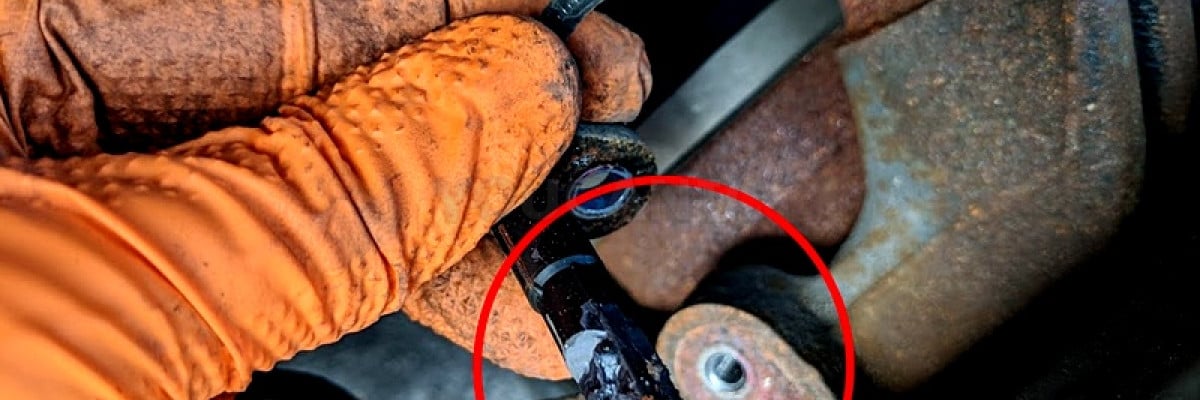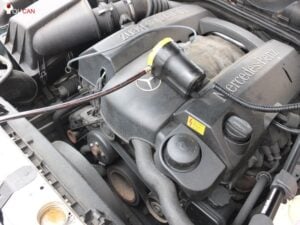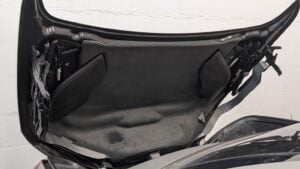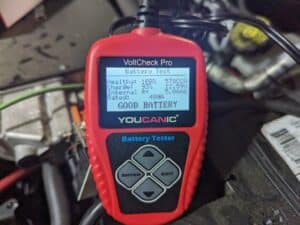ABS Wheel Speed Sensor – Everything You Need to Know
A faulty ABS wheel speed sensor is one of the most common problems triggering the ABS warning light. As shown in the procedure below, replacing a bad ABS wheel speed sensor is very easy to repair. On most cars, you can fix a bad ABS sensor yourself for under $80. Check out these sites where you can buy cheap ABS wheel speed sensors.

Symptoms of a bad ABS wheel speed sensor
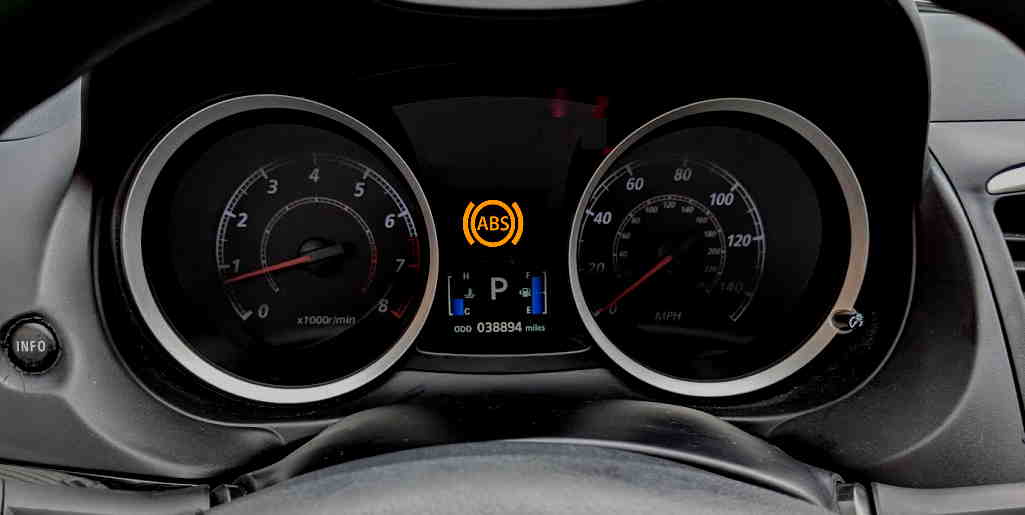
The most common sign of a faulty wheel speed sensor includes the ABS light coming on, but other symptoms include:
- Traction Control Light On
- Stability Control Light On
- Transmission Won’t Shift Gears.
- Vehicle in Limp Mode
All cars have four-wheel speed sensors (ABS sensors). If one of these sensors fails, you will get several warnings on the dashboard, including an ABS light, traction control light, stability control warning, etc. If your vehicle has adaptive cruise control and adaptive braking, they will also be disabled.
How does an ABS wheel speed sensor work?
An ABS wheel speed sensor counts wheel revolutions. It reads the wheel rotation and measures it in revolutions per minute (RPMs).
An ABS wheel speed sensor converts the pulses created by the magnet, and the sensor ring rotates. The voltage fluctuations are sent to the ABS control unit, which uses this data to determine wheel speed and evaluate whether the ABS works properly.
Common Problems
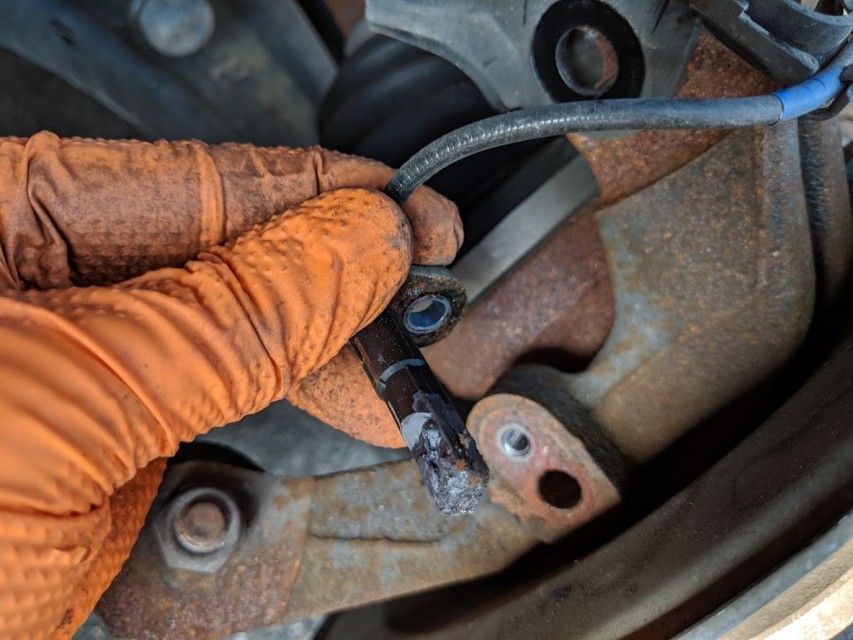
The most common problem that causes an ABS sensor to malfunction is a damaged sensor tip or internal failure of the sensor. In most cases, simply replacing the faulty ABS wheel speed sensor will fix the problem and allow you to reset the ABS and traction control lights.
Other issues that trigger an ABS code but that may not necessarily be due to a bad ABS wheel speed sensor are:
- Loose or broken ABS wheel speed sensor wire
- A defective ABS relay or a blown fuse
- Bad ABS Module
- Burned ABS motor
- Damaged wires
- Low battery voltage
One or more wheel speed sensors (ABS sensors) may fail to render the ABS inoperable and trigger multiple dashboard warning lights. Some things that you may notice are:
- ABS disabled and disabled electronic stability control (ESC) or traction control systems if equipped with them, as these systems rely on the same sensors as the ABS.
- ABS warning light illuminated on the dashboard.
- Occasionally, the speedometer will stop working, and the check engine light will illuminate.
Where is the ABS sensor located?
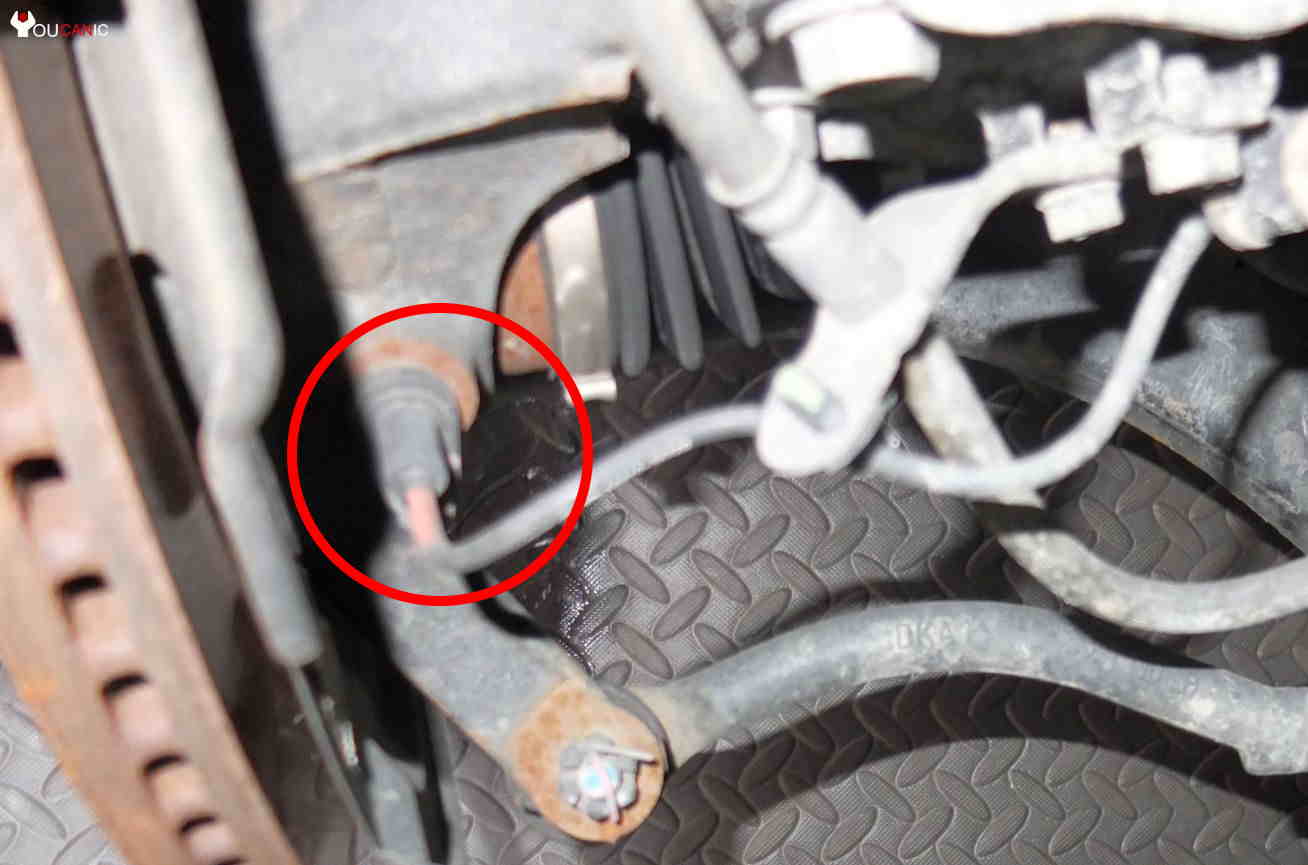
A sensor can be found at each wheel behind the rotor in a system with four sensors.
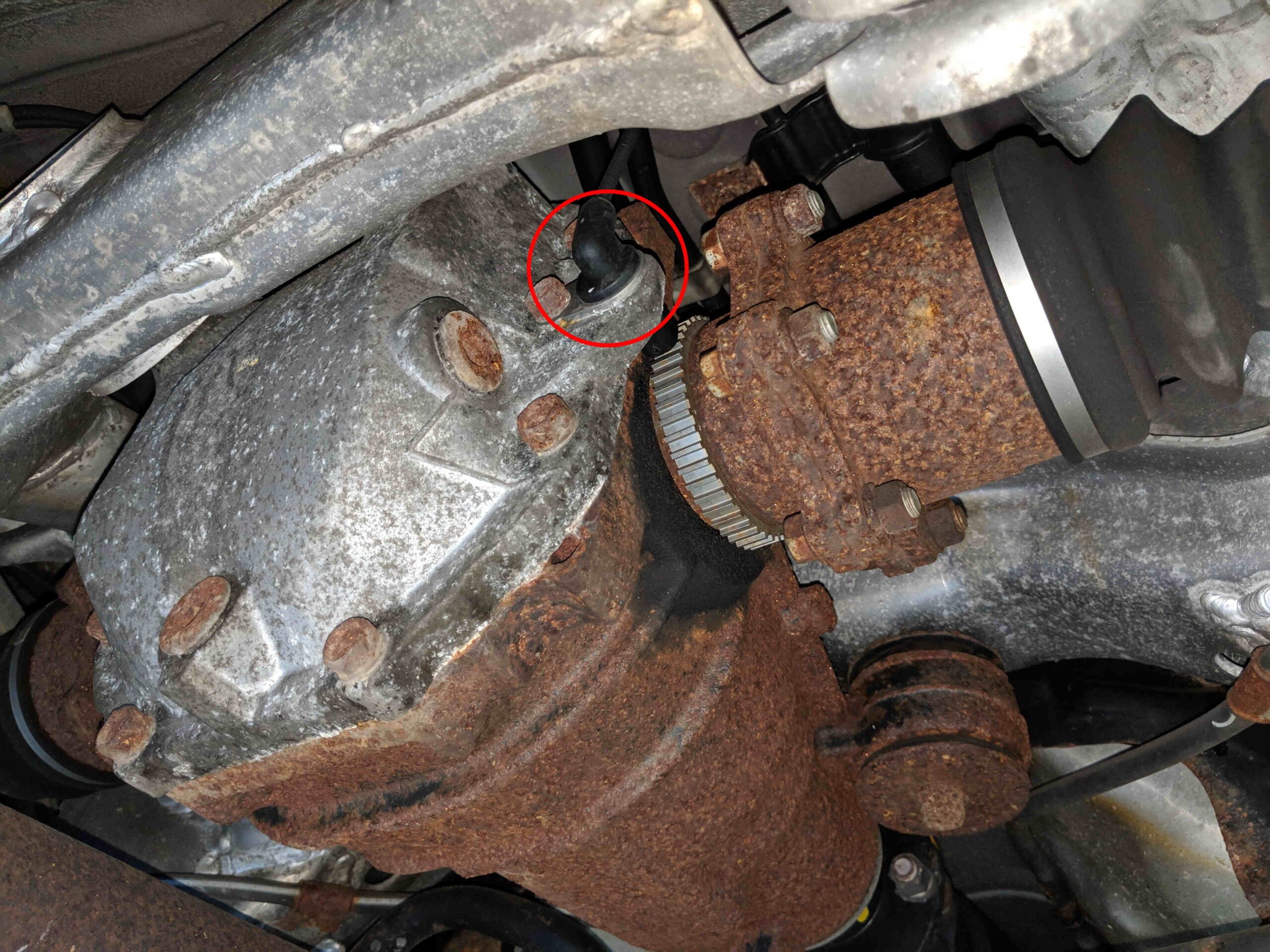
In a system with three sensors and a sensor at each front wheel, the third sensor for the rear is typically located in the rear axle.
The type of ABS a vehicle has will indicate how many sensors are on the vehicle. Older passenger cars will have alternative systems, but the four basic types are listed below.
- Four-sensor ABS: one sensor for all four wheels, most common setup.
- Four sensors, three-channel ABS: one sensor for all four wheels, but one channel controls the rear wheels.
- Three sensors, three-channel ABS: one sensor on each front wheel, but only one sensor for both rear wheels – in this case, the sensor is located in the rear axle. In this system, both rear wheels are monitored together – they have to lock up before the ABS is engaged.
- Two-channel, four-sensor ABS: There is a sensor at each wheel, but there is one channel for each end of the car—one at the front and one at the rear. If the speed sensor at any wheel detects wheel lockup, the ABS will engage for that end of the car.
Troubleshooting an ABS Wheel Speed Sensor
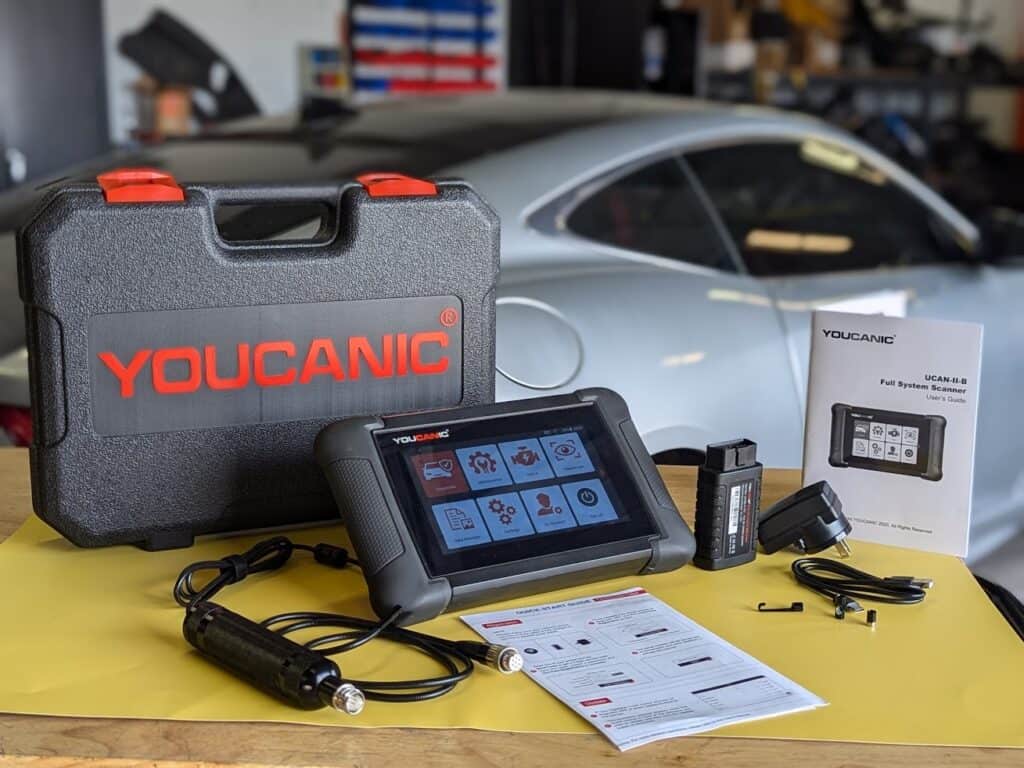
You will need an OBD-II scanner to read codes from the ABS module to diagnose the problem. The YOUCANIC Full System Scanner can read all codes on your vehicle’s ABS control module.
It is important to check all speed sensors’ functionality, as only one may need replacing. Also, it is possible that the sensor may not need to be replaced at all, and cleaning the sensor is all that is needed. Comprehensive diagnostics should be conducted if the ABS or stability control lights remain after cleaning the sensor.
Remember that the ABS sensor tip’s road debris, dirt, and grease can prevent the ABS from operating properly. If so, you can clean and reinstall the sensor instead of replacing it.
Secondly, wheel speed sensors can be accidentally and unknowingly damaged in other ways, especially if other automotive repair work has been done in the wheel area, such as brake work. If this is the case, the vehicle should be returned to the repair shop that performed the repairs to be inspected for damage.
If cleaning the ABS sensor does not fix your problem, it is time to scan the ABS control unit’s fault codes using a scanner to read ABS codes.
A common problem with a malfunctioning wheel speed sensor is the wiring harness connected to the sensor, which transmits the speed data to the ABS control unit. First, visually inspect the ABS sensor harness.
How to replace an ABS wheel speed sensor?
Replacing a wheel ABS sensor on most vehicles is an easy procedure that DIYers can complete in about 30 to 60 minutes. Watch the video below for an example of changing an ABS wheel sensor on a car.
- Jack up the vehicle. Set the parking brakes. Secure the vehicle with jack stands.
- Remove the wheel that has a bad ABS sensor.
- Locate the ABS sensor, which is mounted on the wheel hub.
- Remove the bolt that holds the ABS sensor in place. There is only one bolt. It may be rusted. If that’s the case, spray penetrating oil and wait 15 minutes.
- Remove the sensor from the wheel hub.
- Disconnect the wire harness.
- Install a new ABS sensor in reverse order.
How much does it cost to replace an ABS wheel speed sensor?
Depending on where the customer resides and what vehicle they drive, a wheel speed sensor replacement can cost anywhere from under $200 to between $300 and $ 400, including parts and labor. Labor rates will vary among repair shops, and the cost of replacing the speed sensor or any additional wiring will depend on the type of vehicle.
Car owners would save between $100 and $ 150 for replacing the part, although their work and some portions of the repair require special tools, which could factor into the cost if someone were to repair it at home.
Frequently Asked Questions
Does a wheel speed sensor affect ABS?
Yes. A faulty wheel speed sensor (also called ABS sensor) will turn on the ABS light and traction control light if there is a problem with this sensor.
How many ABS wheel speed sensors are on a car?
All modern cars have four ABS wheel speed sensors. One for each wheel.
How much does it cost to replace an ABS speed sensor?
Replacing an ABS Wheel Speed Sensor individually cost around $200-$400. And can be replaced for every 30,000-50,000 miles.
We hope you find the ABS Wheel Speed Sensor – Everything You Need to Know guide helpful. Check these troubleshooting and repair guides for more help on your vehicle.

